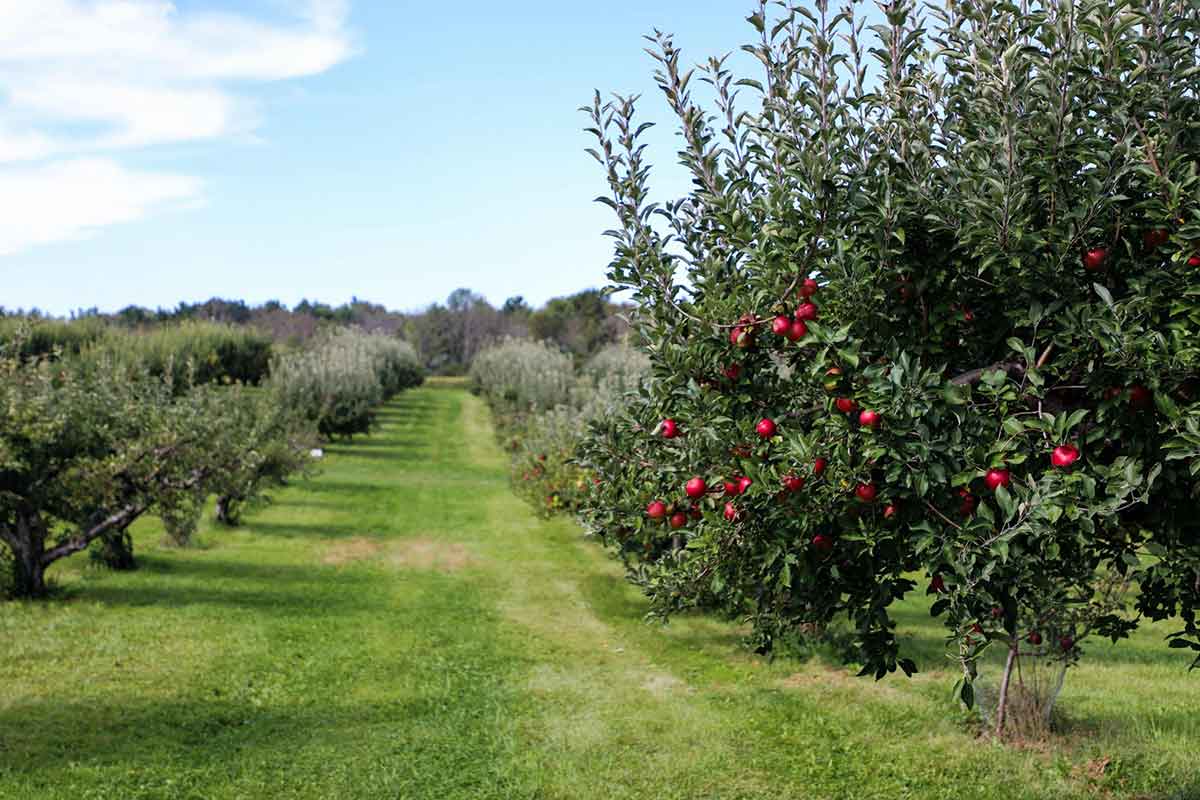The Winton Stone Burier is a very handy tractor attachment for smallholders and landscapers, which can improve soil for planting by burying stones and pebbles under a layer of tilled top soil. However, it is important to use it in the correct conditions to achieve the best results.

How Does It Work?
The main body of the stone burier houses a rotor which carries a number of sets of four blades, depending on the working width of the machine. Each set of four blades consists of two left-hand curving blades opposite each other, and two right-hand curving blades in between. These blades till the soil down to a maximum depth of 12cm, driving the soil and stones through the machine.
At the back of the main body, there is a grate manufactured with long metal rods with a gap between them of approximately 2cm. These rods catch pebbles and stones, causing them to drop, while the finer soil passes through unhindered and lays on top of the stones. If you’ve got some nice soil underneath where you are working, this will end up as a layer of topsoil for planting.
Finally, the mesh roller levels the soil without compacting it, leaving an even surface for new plants or seeding. The roller can also be used to adjust the working depth and compaction of the soil in tandem with the side skids and the tractor’s top link arm.
The adjustable arms on either side of the roller, similar to top linkage arms, can be extended for a shallower tillage, or shortened for the maximum working depth. The rear of the mesh roller has either a scraper bar or brush (on the seperate seeder model), which is adjustable, in order to prevent material sticking to the mesh.
The Winton Stone Burier also has a separate model with a seeder upgrade, which is a trough with a lid sitting between the main body and the mesh roller. It can be filled with seed to spread the seeds as the soil is laid, killing two birds with one stone. The agitator inside the trough prevents clumping and sends the seeds into the funnels at the base of the trough.

Operation Advice
The stone burier, unlike a mower, needs to go relatively slow to achieve the best results and avoid damage to the machine. It is best to keep your tractor at a slow walking pace, or approximately 1 to 3 mph. Particularly compacted ground and denser soil types should be passed over more slowly as the speed of the tractor will affect the degree to which the soil is broken up and the end result. You may need a couple of passes in trickier areas to get the best finish.
Obstructions and materials that may become tangled in the blades or mesh roller should be removed beforehand to avoid damaging the machine. This could include things like dense foliage, wires, tree stumps or large stones and bricks. For the best performance, stones should be no larger in diameter than a golf ball size and the quantity of stones in the soil should not exceed 15% of the total volume.
Heavily sloping surfaces should be avoided if possible, but for lesser slopes it is preferable to work with the gradient, not across it. Wet, slippery grass and soil should also be avoided as the tyres of the tractor may struggle to grip. Very sodden soil will clump and clog the machine, so it will not achieve a good result and may damage the machine.
For a more in-depth and visual look at the Winton Stone Burier, take a look at what happened when James from Machinery Nation borrowed one of our machines.
https://www.youtube.com/watch?v=Z2Sj3G5DVk0
Farm Tech Supplies offer a wide range of attachments for compact tractors including Winton, William Hackett and FPM. Stocking the full range from our premises in Hampshire we’re ready to fulfil all your school machinery needs – contact us now!
We have an extensive network of dealers throughout the UK. If you’d like to find a local or would like to become a dealer, please get in touch.








